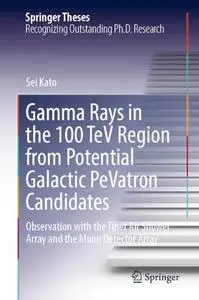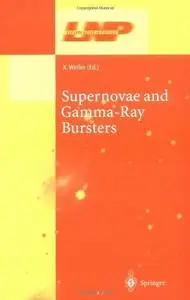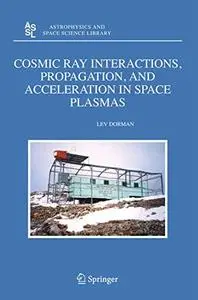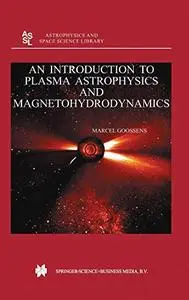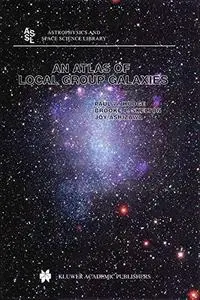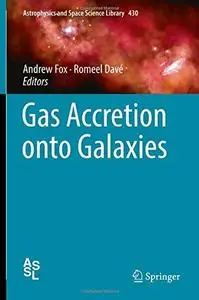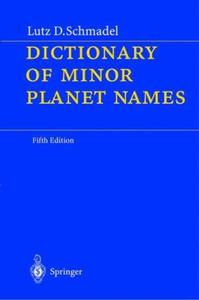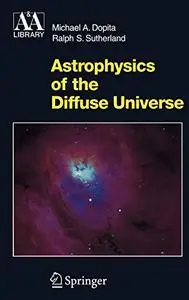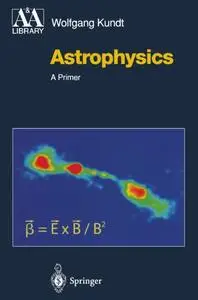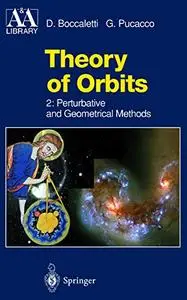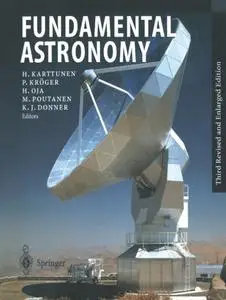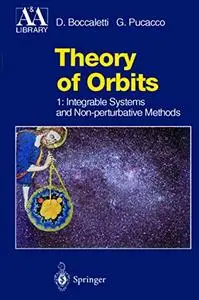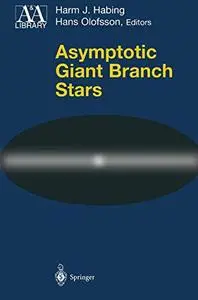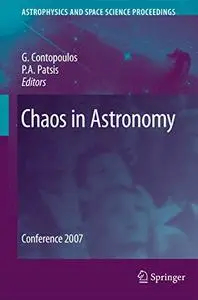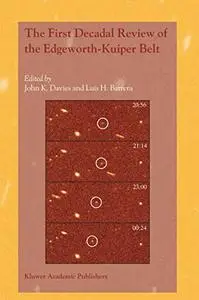Gamma Rays in the 100 TeV Region from Potential Galactic PeVatron Candidates: Observation with the Tibet Air Shower Array and the Muon Detector Array by Sei Kato
English | PDF EPUB (True) | 2024 | 180 Pages | ISBN : 981971642X | 50.6 MB
This book presents two candidates for astrophysical accelerators of cosmic rays with petaelectron-volt (PeV) energies in our Galaxy, the so-called PeVatrons, through the observation of sub-PeV gamma rays performed by the Tibet air shower array. The two gamma-ray sources are TASG J1844-038—a newly detected source in this presented work—and HESS J1849-000. Reconstructing their gamma-ray energy spectra up to the sub-PeV range and also analyzing the archive data published by a radio survey, the book discusses in depth the emission mechanisms of the observed gamma rays and suggests that these two gamma-ray sources are candidates for PeVatrons. The results give insights into the population of PeVatron in the Galaxy, which is important to consider their contribution to the PeV cosmic rays observed at the Earth.



